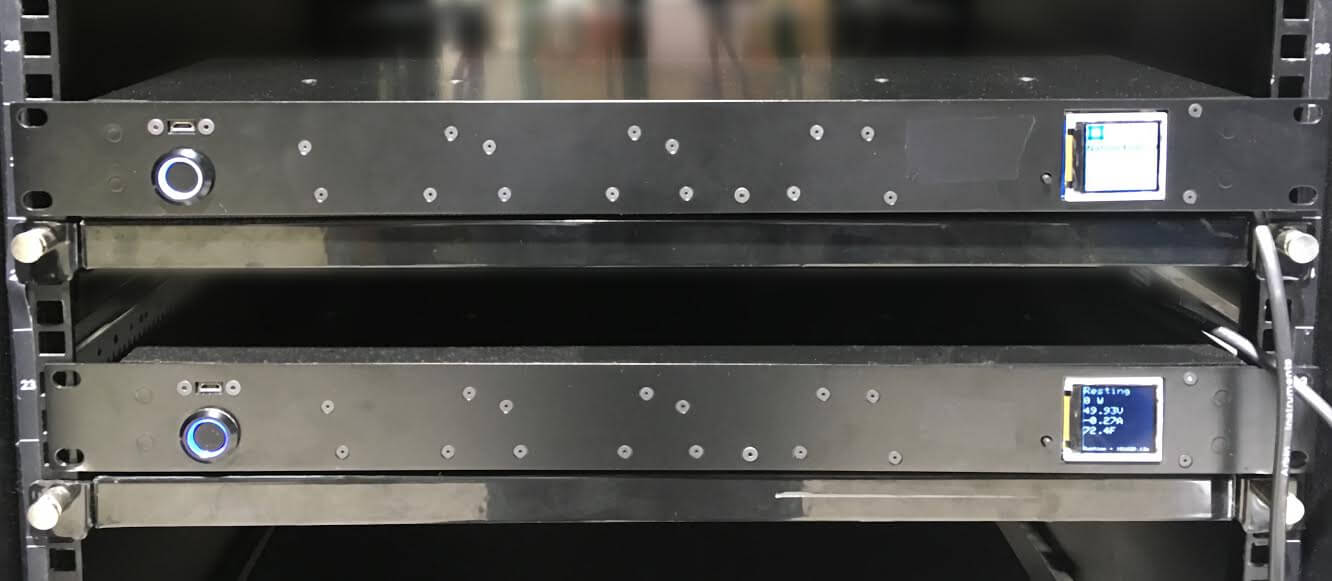

One particular trouble is that chemical reactions inside the battery can eat away at the electrolyte that sits between the electrodes, reducing battery life or risking the creation of sodium metal, which can be explosive. This means switching to sodium requires developing novel materials for the battery’s cathode and anode, the positive and negative electrodes that capture and release ions as the battery is charged up and then spent. While sodium and lithium are periodic neighbors, they exist in parallel universes of chemistry, reacting differently with various elements and compounds. Historically, Tapia-Ruiz says, sodium batteries have been held back in part because of chemical stability. A CATL spokesperson tells WIRED it started thinking about sodium 10 years ago. Now that electrification is actually happening on a big scale, it’s time to think about diversifying. By the end of this decade, the world will be running short on the raw materials for batteries-not just lithium, but also metals like nickel and cobalt. But it was also hedging against an issue that was difficult to imagine in 1991. Why? Well, for one thing, a CATL executive pointed out that sodium is cheaper than lithium, and performs better in cold weather. But starting in 2023, it will begin placing sodium cells alongside lithium ones inside the battery packs that power electric cars. CATL, like its competitors, is a lithium company through and through. So it was surprising this summer when China’s CATL, one of the world’s largest battery makers, announced sodium would play a role in the electrified future. Companies and research labs raced to pack more energy into less space. Lithium was lighter and easier to work with than sodium, and so a battery industry grew up around it.
#Natron energy battery portable#
In 1991, Sony commercialized the first rechargeable lithium-ion battery, which was small and portable enough to power its handheld video cameras. But then another element crashed the party: lithium, sodium’s upstairs neighbor on the periodic table. This looked like a promising way to power a house or a car.

In a battery, those ions shuttle back and forth between two oppositely charged plates, generating a current. Sodium is a light element that ionizes easily, giving up one of its electrons. The reason has to do with why the seas are salty. Half a century ago, the battery of the future was built out of sodium.


 0 kommentar(er)
0 kommentar(er)
